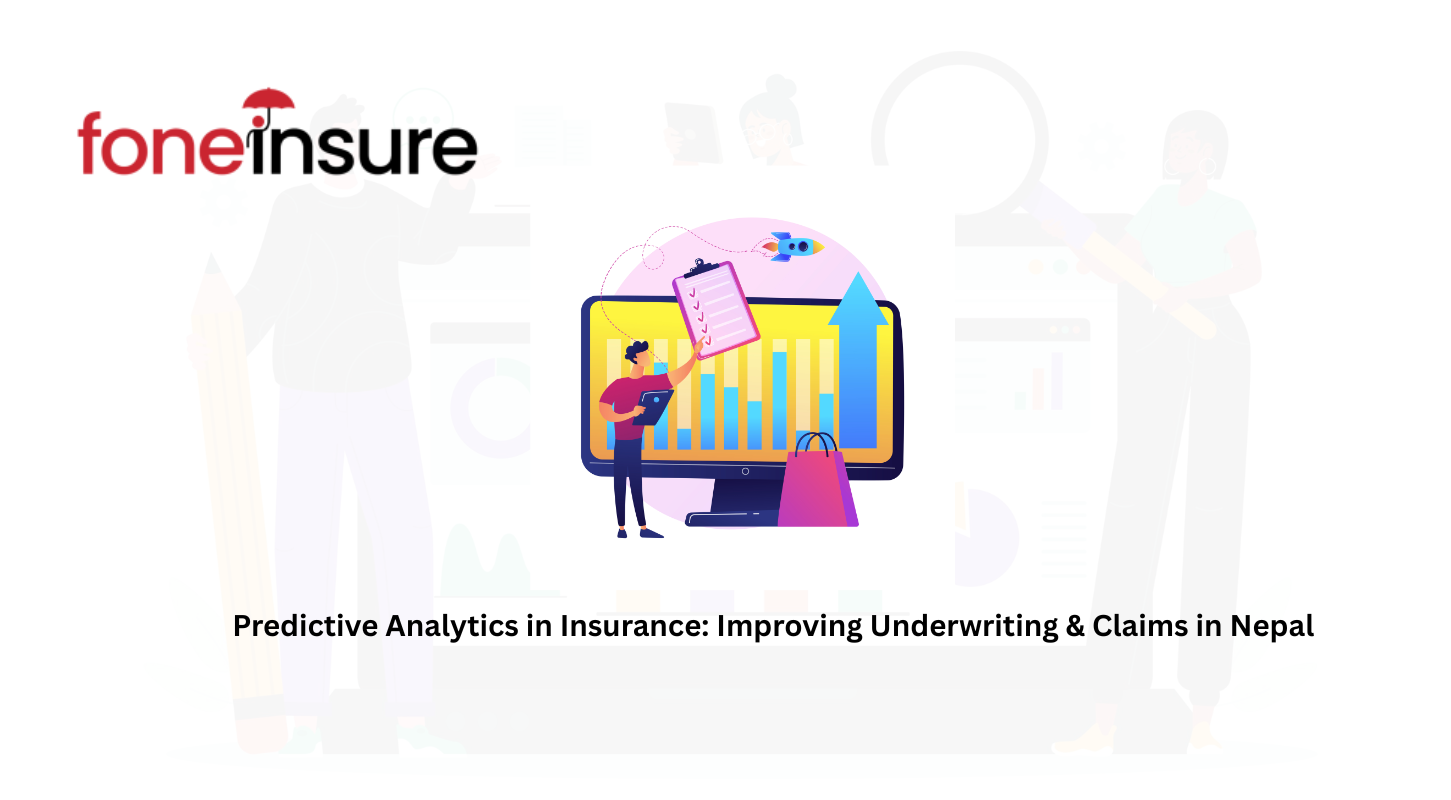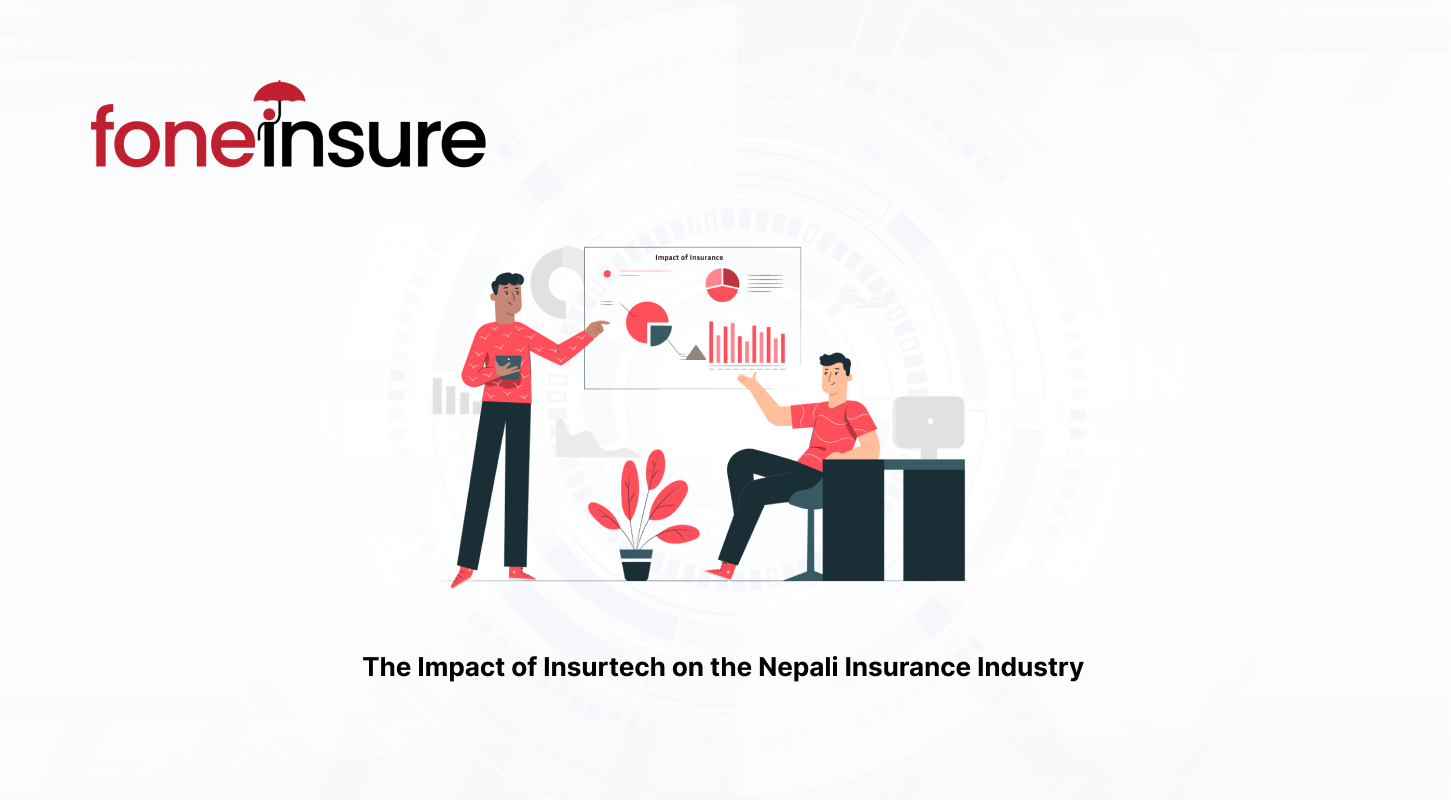
Project management is essentially the art of getting things done. Plan, Analyze, Teamwork, with the sets of constraints like time, resources and scopes with budget to execute is primarily the Project management. It involves the practice of initiating, planning, organizing and executing tasks, controlling, and closing the work of a team to turn idea into a product, service or deliverables to meet specific business needs at the specified time.
It’s in fact shorthand for project program and portfolio management. Looking forward in today’s competitive and fast-moving global economy, companies are turning to project management to continuously deliver business results as it involves process of Planning, organizing, overseeing the overall execute of a project from beginning to its end. Skills, goals and personalities are the factors that need to be considered within project management.
Here are some key aspects of project management:
1.Planning: it’s the Heart of the Project Management. This involves outlining what needs to be achieved and the work that must be done to deliver a project’s end result. It is the process of defining project objectives, determining the steps required to achieve those objectives, and creating a roadmap to guide the project team throughout the project lifecycle. The goal of planning is to create a clear and actionable plan for executing the project.
2. Analyze: It determines what task need to be done, who will do them and when they will be done. It is another critical process that involves evaluating a project to determine tis feasibility, constraints and potential risks.
Project Analysis usually performed in five main steps
- Define Objectives i.e. Requirement analysis: understanding the goal of the project
- Gather Project Details: Collect all relevant project details including timelines, milestones, stakeholders, resources, budget estimates.
- Analyze data: Access the project feasibility and potential risks.
- Make decisions: using the insights from the analysis to make informed choices, such as adjusting certain process, reallocating resources or even cancelling the project altogether.
- Document the findings: This involves recording everything that are learned and decided on which guides the current as well as future projects.
3. Execution: Execution is the third and the longest phase of project management, where the project plan is put into action and the work of the project is actually done. During this phase, the project team carries out the tasks and activities outlined in the project plan to produce the project’s deliverables.
Key Aspects:
- Task Coordination– ensures that team members are working together effectively to complete the task.
- Quality Management: This ensures that the Work being done meets the Project Quality standards.
- Communication: this ensures stakeholders are informed about the project’s progress and streamlining any issues or changes that arises for meeting the business requirements.
4. Resource management: This phase is another crucial aspect of Project management. It ensures having the right people, tools, equipment’s and anything else needed to complete the project efficiently.
Resources in a project can be broadly categorized into two types:
- Tangible resources: These are resources that you can see or touch. This could include labor, machinery, property, software, or money.
- Intangible resources: These are more abstract. An intangible resource might be intellectual property (like a technology patent), an idea, or a particular set of skills required to get the job done.
Key Activities:
- Planning: This involves identifying all the resources required for the project, including personnel, equipment, software, and budget.
- Acquisition: This involves obtaining the necessary resources, whether that means hiring staff, purchasing equipment, or securing funding.
- Scheduling: Once you know the resources, you need to schedule them effectively. This involves assigning tasks to team members, taking into account their workload and expertise.
- Monitoring & Tracking: Continuously monitor resource usage throughout the project. This way, you can identify any potential bottlenecks or underutilized resources and make adjustments as needed.
5. Risks Management: It is an essential part of project management that involves identifying, assessing, and mitigating potential risks that could impact the project’s objectives. The goal of risk management is to minimize the negative impact of risks on the project and maximize the opportunities that may arise from positive risks. Effective risk management is critical to the success of a project, as it helps the project team to anticipate and respond to potential challenges and opportunities.
Some key aspects of risk management in project management include:
- Risk identification: This involves identifying potential risks that could impact the project, such as scope changes, budget constraints, resource availability, and technical issues.
- Risk assessment: This involves evaluating the likelihood and impact of each identified risk to determine its overall risk rating.
- Risk response planning: This involves developing strategies to mitigate or manage the identified risks, such as avoiding, transferring, mitigating, or accepting the risk.
- Risk monitoring and control: This involves tracking and monitoring the identified risks throughout the project life-cycle and implementing the risk response plans as needed.
Project Management Methodologies:
Project management methodologies are a set of principles, tools, and techniques used to plan, execute, and manage projects. They help project managers lead team members, manage work, and facilitate team collaboration.
Here are some commonly used project management methodologies:
- Waterfall
This is the most traditional linear approach in project management. It first defines all the requirement and move linearly to each step till the project completion.
- Agile
This is the evolving and collaborative way to self-organize across teams. It is adaptive, evolutionary in development, seeks early delivery and is always open to changes
- Scrum
Scrum is a short “sprint” approach to managing projects and is a subset of Agile methodology focuses on delivering high value products in short iterations. The scrum methodology is It’s ideal for teams of no more than 10 people and often is wedded to two-week cycles with short daily meetings, known as daily scrum meetings. It’s led by what is called a scrum master. Scrum works within an agile project management framework, though there have been attempts to scale Scrum to fit larger organizations.
- Kanban
A visual approach to project management that uses a board and cards to manage workflow and limit work in progress. It helps manage workflow by placing tasks on a kanban board where workflow and progress are clear to all team members
- Scrumban
Scrumban is a project management methodology that is a hybrid of Scrum and Kanban.
- Lean
A continuous improvement approach to project management that focuses on eliminating waste and maximizing value.
- Six Sigma
A data-driven approach to project management that aims to improve quality and reduce defects. It works to improve quality by identifying what is not working in the project. It applies quality management, including empirical statistics, and employs personnel who are experts in these disciplines.
By: Ujwal Lamichhane
Senior Product Manager






